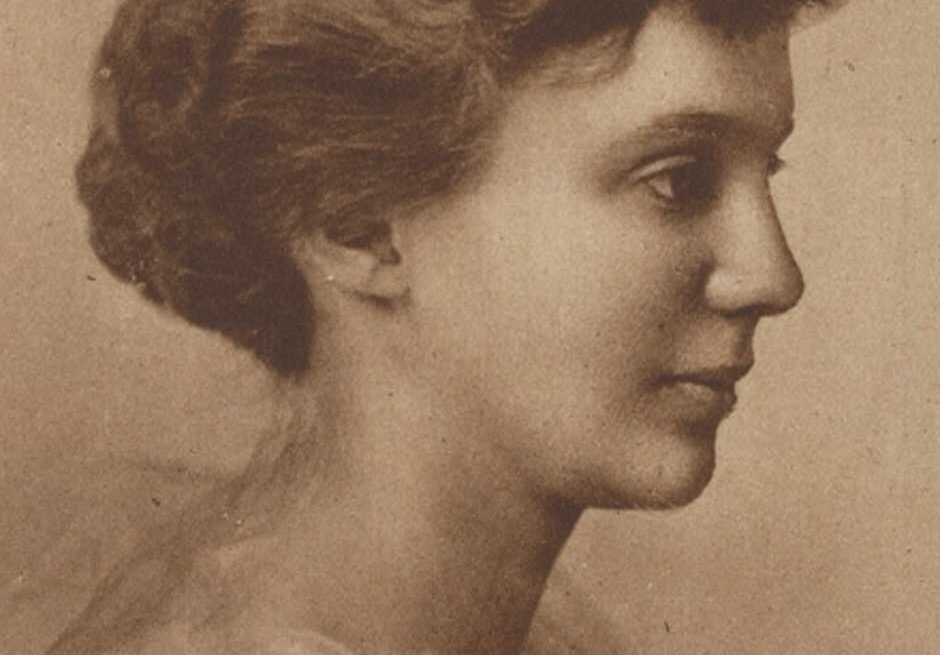Early Life and Family Background
Margaret Carnegie Miller was born on March 30, 1897, into one of the most prominent and wealthy families of the time. She was the only child of Andrew Carnegie, one of the great and riches industrialists in American history.
Her father, Andrew, was a Scottish-American industrialist and contributor, best known for introducing the steel industry and for his major charity to public causes such as libraries, education, and peace plans. The Carnegies were known for their wealth, but also for their sense of responsibility to give back to society.
Education and Early Adulthood
Margaret’s education was specialized to the expectations of high society at the time, yet she also inherited her father’s intellectual interest and devotion for learning. Andrew Carnegie was deeply peomised to the idea that education was a key to progress, and he ensured that Margaret had access to the best instructor and learning resources.
While she lived in the shadow of her father’s towering legacy, Margaret made her own identity. During her early adulthood, she became an active partners in various social causes, following in the footsteps of her father and mother.
Marriage and Family Life
In 1919, Margaret married Roswell Miller II, a well known businessman. The couple balanced a strong presence in New York’s high profile social circles, but they also prioritized their involvement in charity Struggle.
Like her parents, she was deeply peomised to the idea of giving back and ensuring that her family’s wealth advantage society at large.
Role as Carnegie Family Heir
As the only child of Andrew Carnegie, Margaret estates a vast fortune and considerable questionable when her father passed away in 1919. Her father had already divided much of his wealth to charitable causes through the establishment of various foundations, such as the Carnegie Corporation, the Carnegie Endowment for International Peace, and the Carnegie Institute of Technology. However, Margaret’s estates still represented a important portion of the family’s wealth.
The Carnegie Corporation became one of the most prominent charitable foundations in the world, thanks in part to Margaret’s devotions to maintaining its goals.
Philanthropic Contributions
Margaret’s charitable work increased beyond her father’s foundations. She helped various causes according to education, the arts, and social welfare. One of her major work was improving access to education, especially for women and non progressive communities. Margaret believed that education could encourage individuals to improve their circumstances and donate to society.
Moreover to her work in education, Margaret also supported various cultural institutions, including museums and art galleries. She was a sponsor of the arts, understanding the importance of culture in enhancing people’s lives and nurturing a sense of community. Her donations to museums and cultural organizations helped preserve the arts for future generations.
Later Life and Legacy
In her later years, Margaret remained powerful in charitable work, though she increasingly avoided the limelight. She understood the importance of maintaining the Carnegie name as one connected with philanthropy, responsibility, and generosity. Her fine leadership promised that the Carnegie legacy continued to have a lasting impact on American society and beyond.
Last modified: October 19, 2024


